
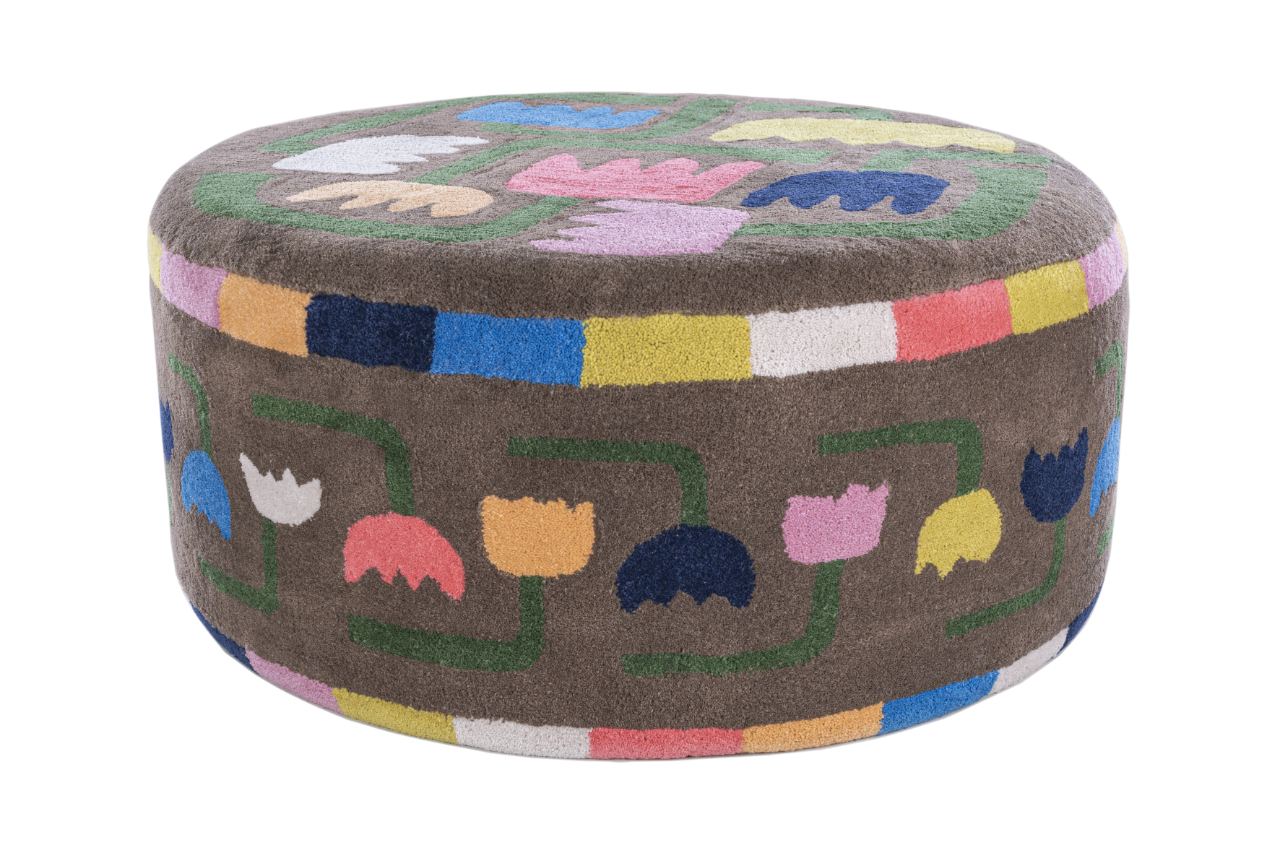
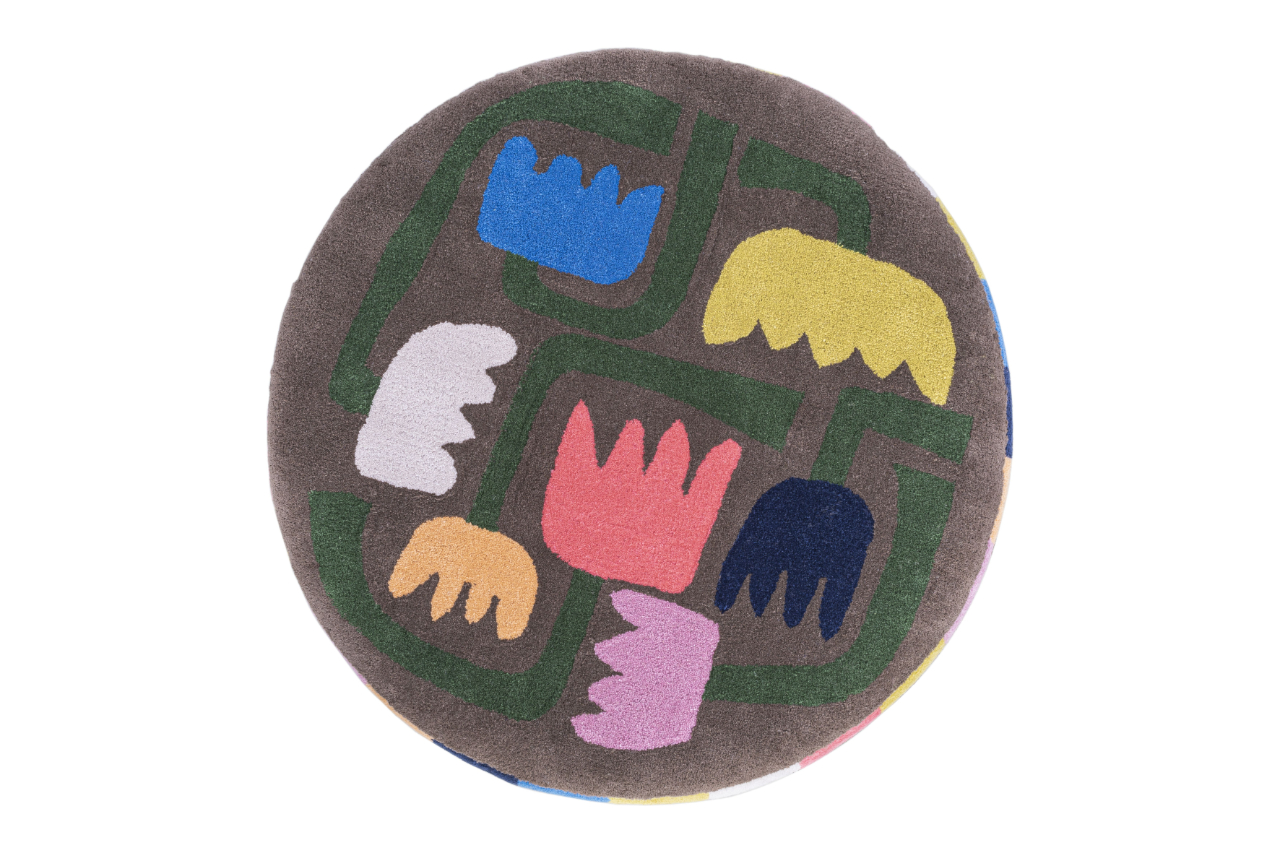
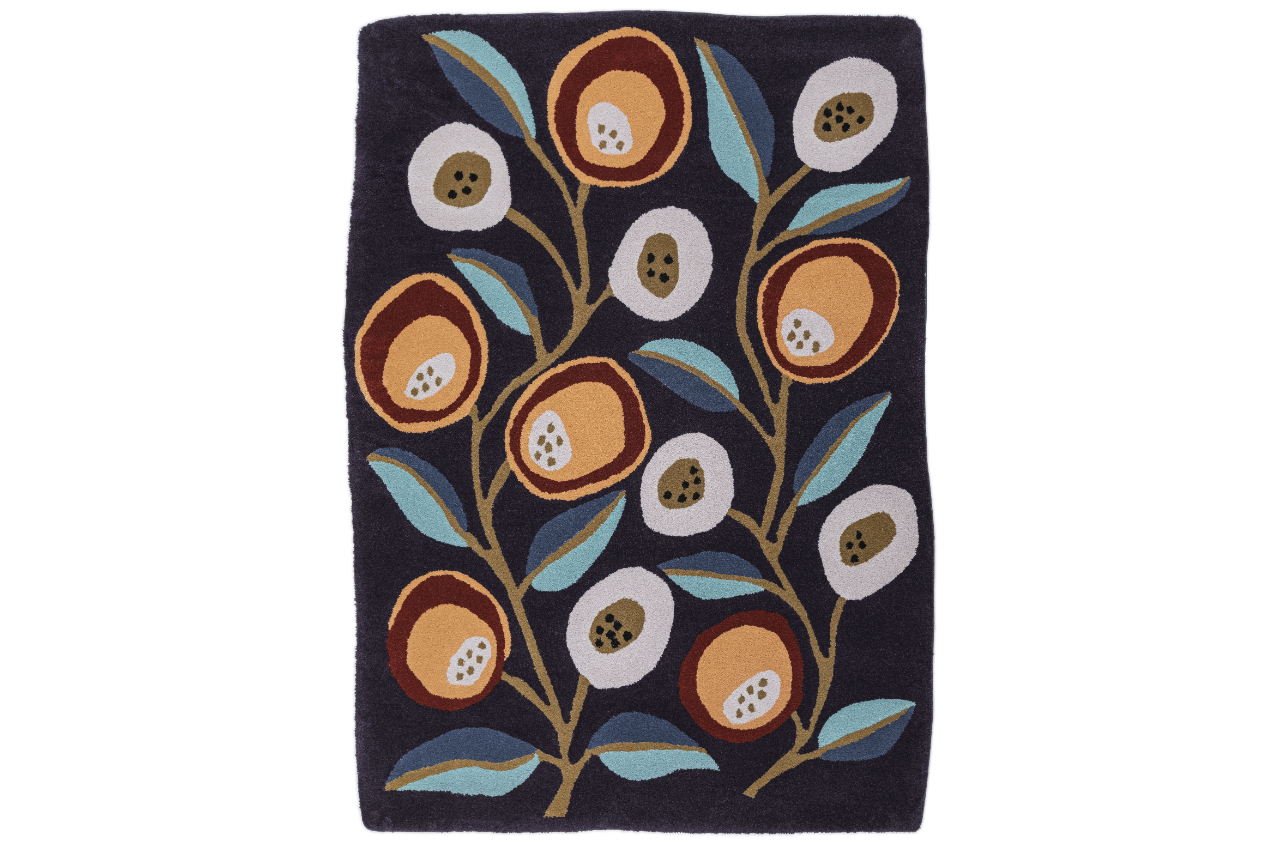
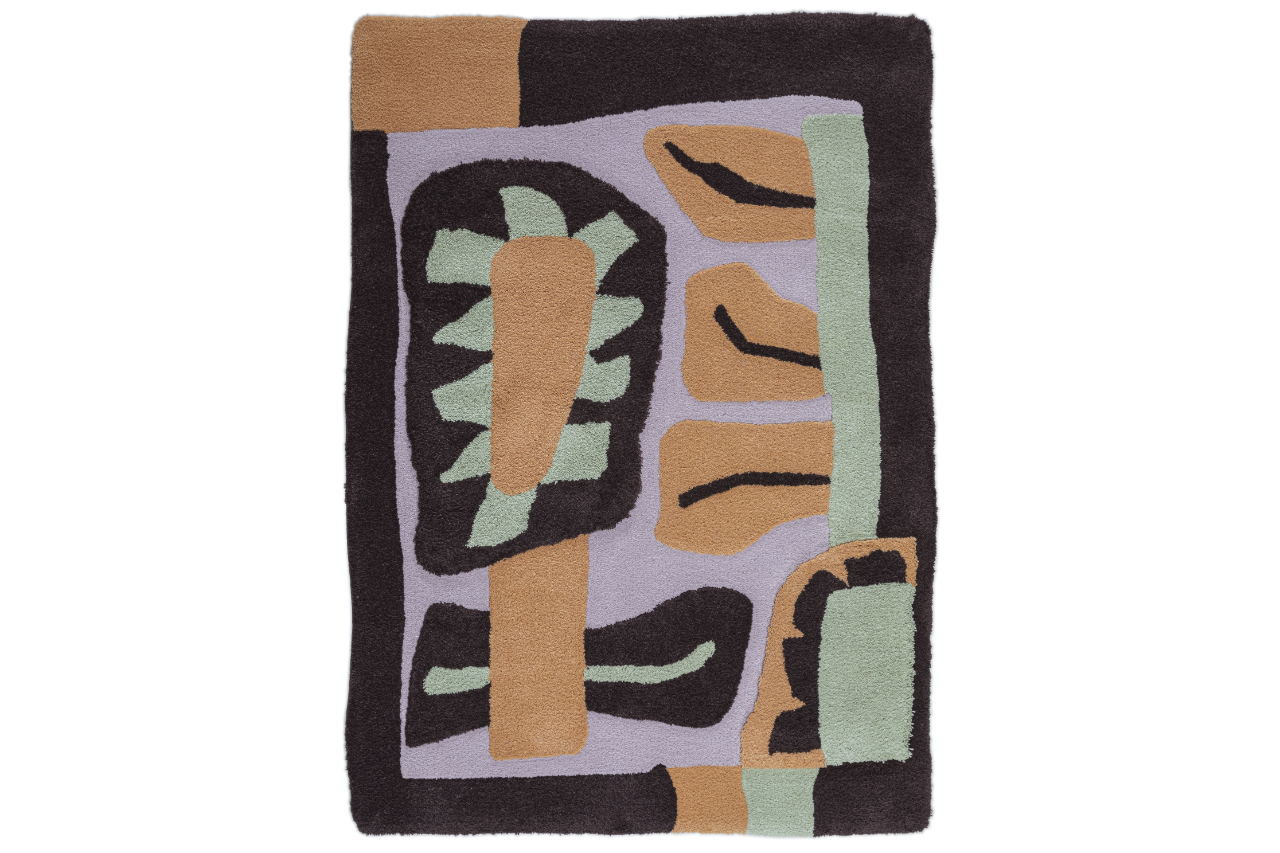
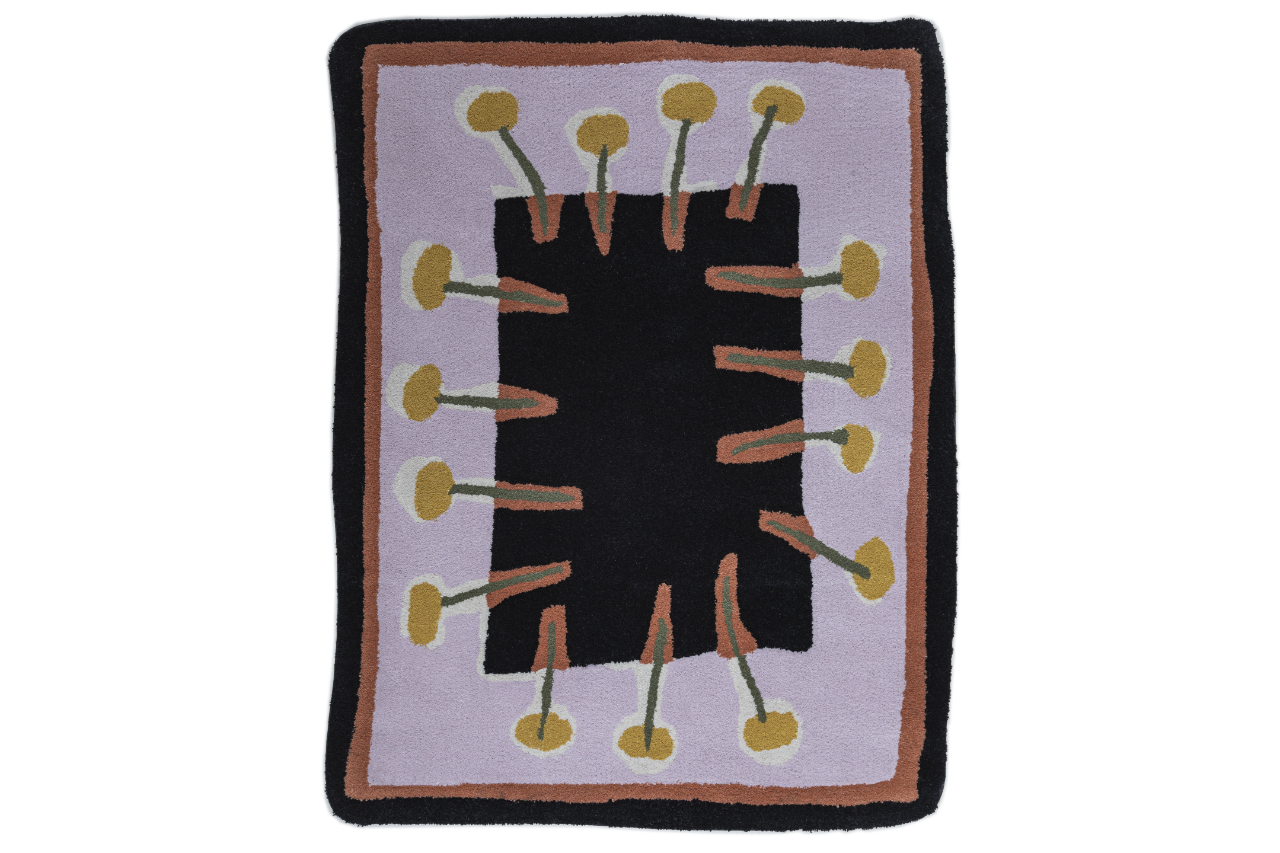
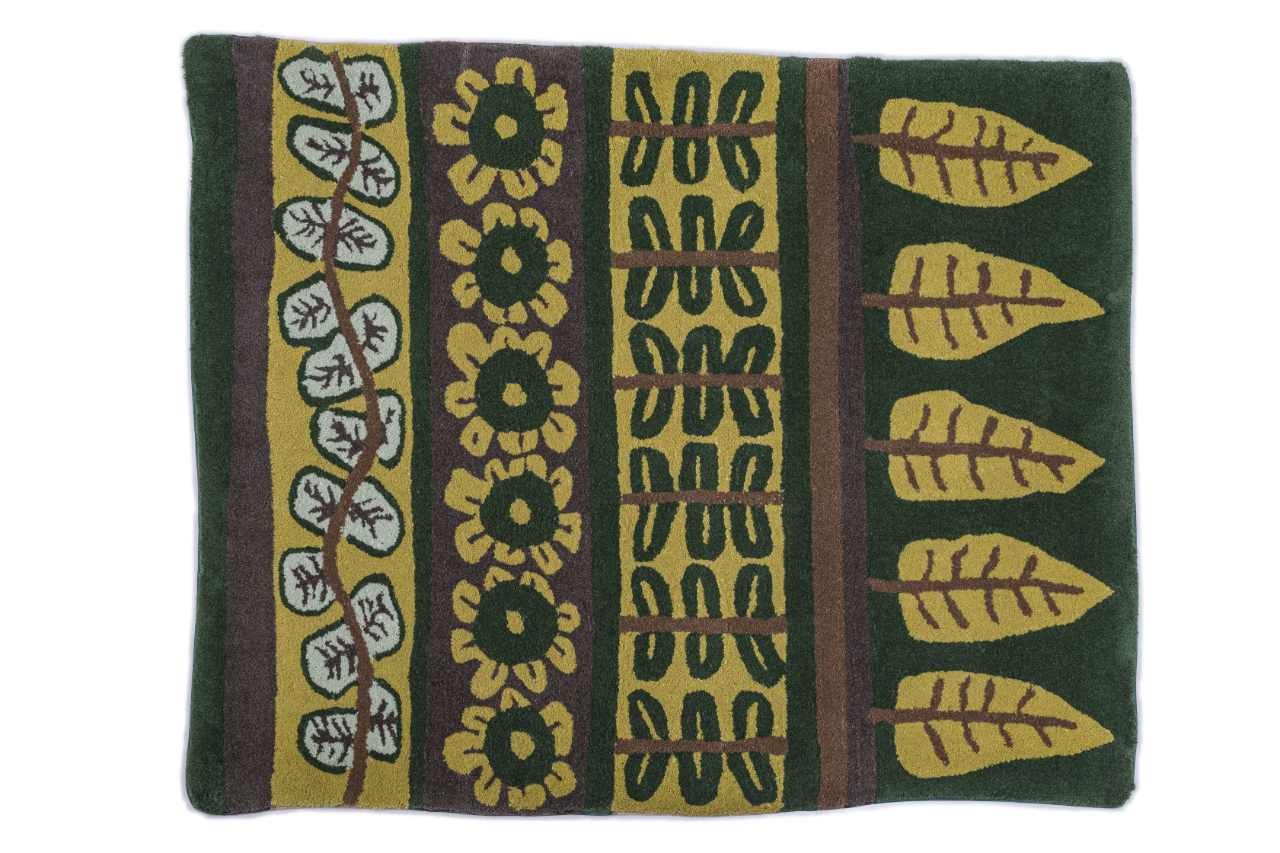
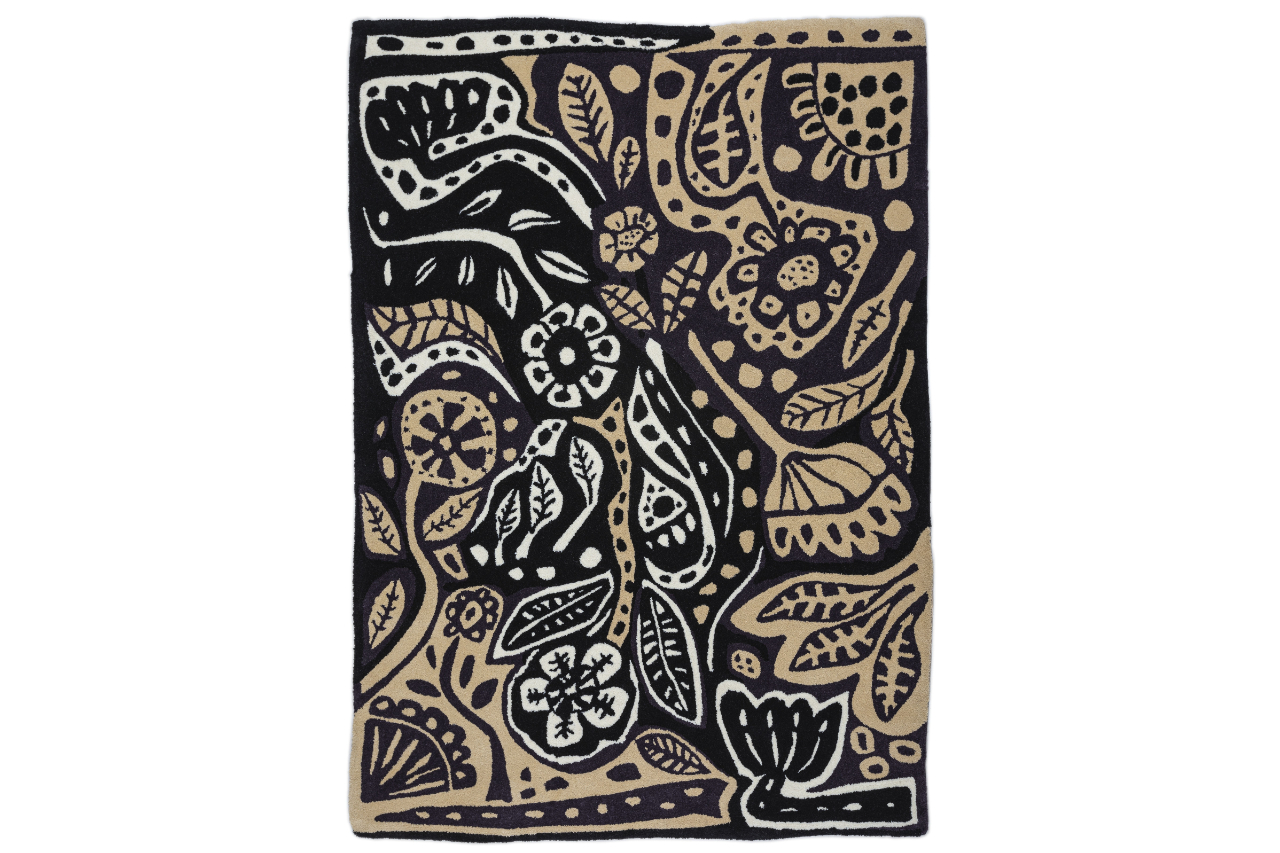
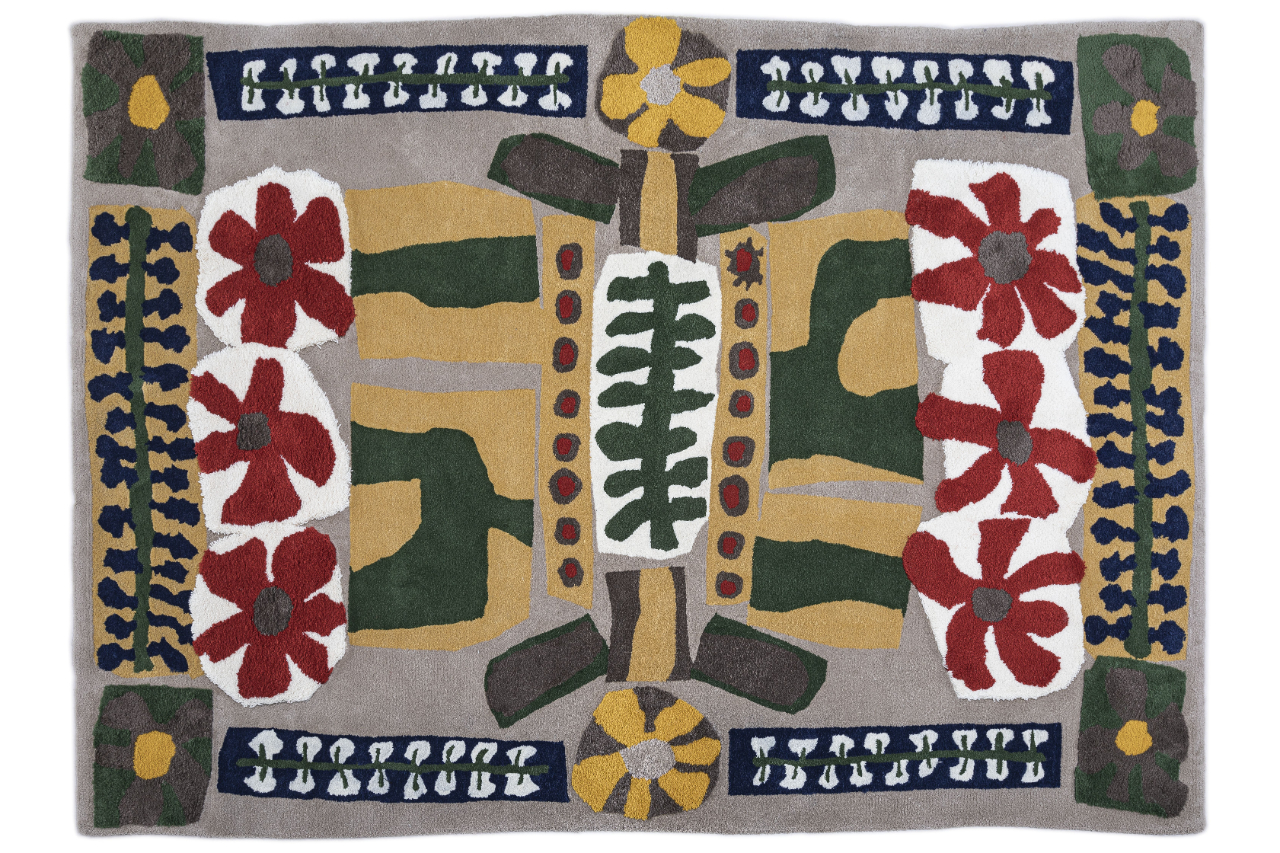
.jpg)
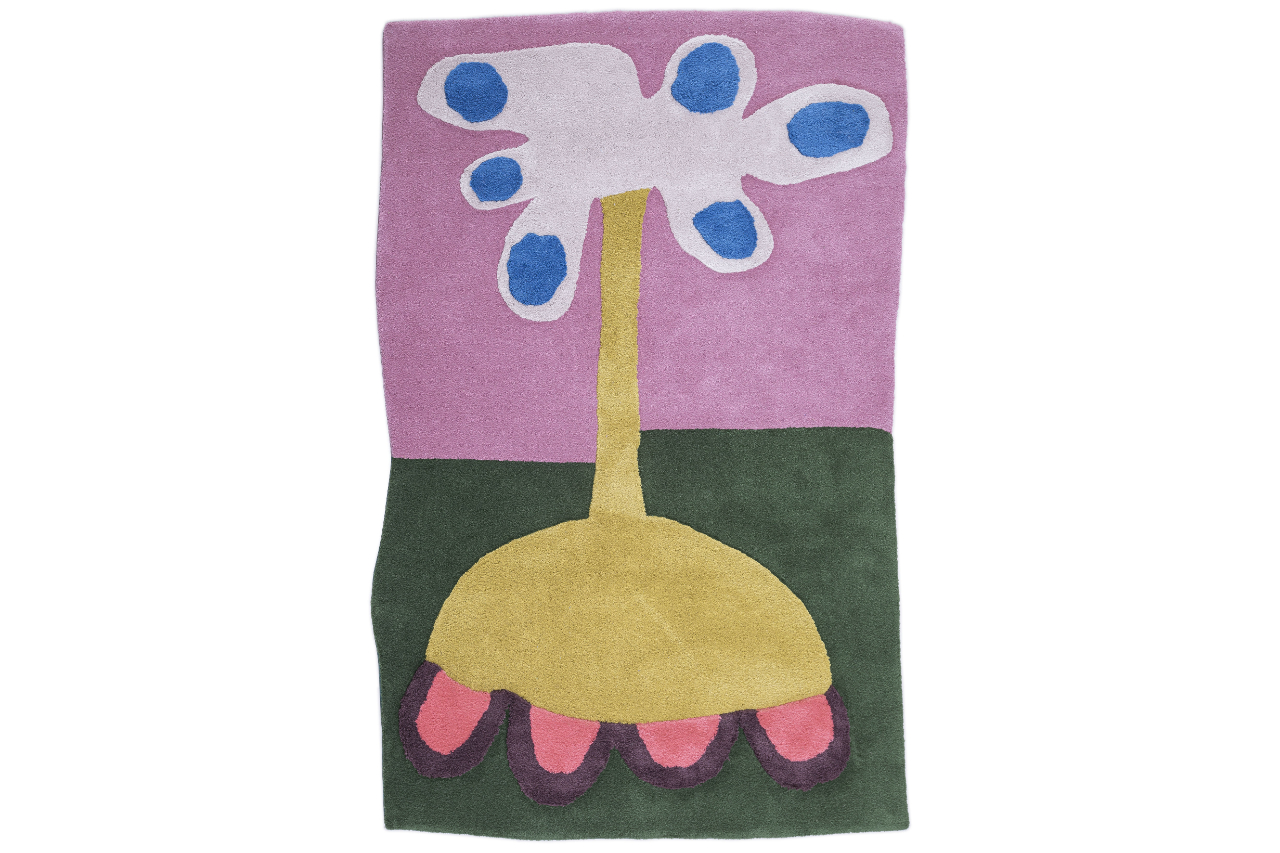
.jpg)
During Milan Design Week, we had the privilege of meeting with the renowned trend forecaster Lidewij Edelkoort at Altai Gallery.
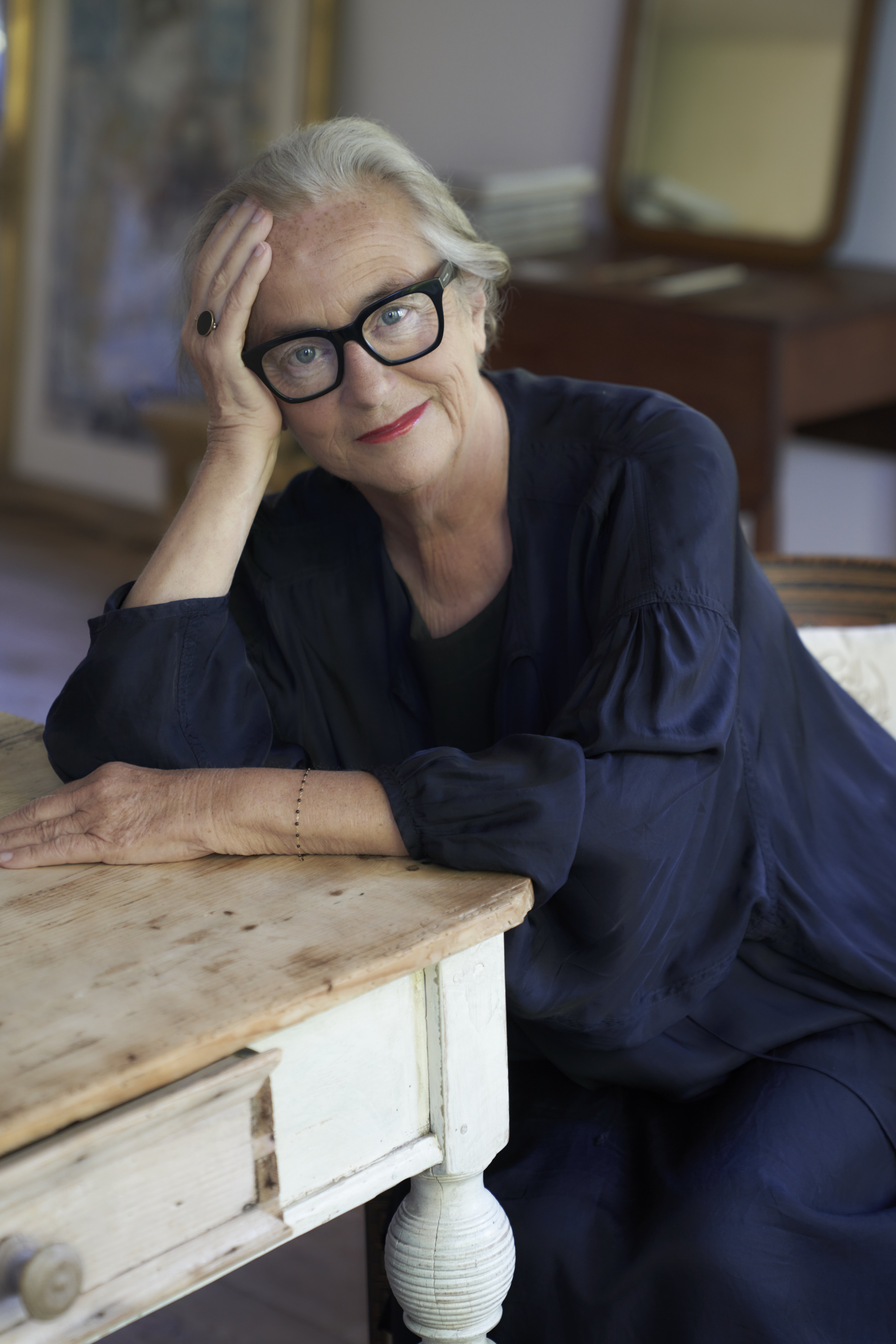
Our conversation centered around various intriguing topics, including her role as the art director of the ‘Garden’ rug collection in collaboration with the Argentinian carpet manufacturer El Espartano. Additionally, Lidewij shared insights into her groundbreaking ‘Farm to Fabric to Fashion’ textile master program at Polimoda, poised to revolutionize textile education. We also delved into her perspective on Italian design and the interior trends she anticipates shaping the future.
INTERVIEW BY: AKGÜN AKDİL
Could you share your predictions regarding the future of living spaces, housing trends, and interior design?
I think the house will become more fluid, so we will no longer see many borders between one room and another. It’s no longer about fixed furniture since we keep changing and moving ourselves; so, it’s only natural that the interior moves around too. I feel there will be more need for improvisation, and definitely more joy. In today’s world, we need more joy in the interior! We also need more textiles, and that’s one of the reasons we founded the textile master course at Polimoda.
It’s hard to speak generally about the home of the future because each room has its own story to tell. I would say the room which is making the most progress is the bedroom. It has finally come out of the closet, transitioning from being very secretive into becoming an open space where we entertain, watch movies and TV series, where we have boardgames, where we play with kids and animals, and where we read and have supper. So, in fact, the bedroom becomes almost like a new living room. That's wonderful because it means bedding will also become very new.
Post-Covid, you highlighted trends that come from the Global South and curated a book titled ‘Proud South.’ You also pointed out that people are willing to quit their jobs. Now what is your perspective on these situations?
People still want to work less, that has become a general trend. They move more than ever before in a nomadic way. Since they can work everywhere, they can also move around based on nicer weather, becoming climate migrants. People also want to have a better work environment and more humanity in what they do. So, companies need to be very smart about how they treat the people that work for them because it’s much more egalitarian now.
As for ‘Proud South,’ that is also a long-term movement that celebrates the unbridled creativity of designers, artists and photographers from the southern half of the planet. It’s an important creative step in addressing diversity, decolonization and multiculturalism.
You've mentioned a shift in residential preferences post-pandemic, with some individuals favoring rural areas and others gravitating towards urban centers. What implications do you foresee from this shift?
Our social demographics are changing because many people have moved from the city and into the countryside. We will have to wait and see but it will definitely impact these areas and the political spectrum, especially when upending where voters from the left and right conventionally live.
What are your insights on current Italian design trends, particularly in decoration and design?
Of course, there is a very important history of Italian design. There is the savoir-faire since they know-how to manufacture with amazing skills. There is also a skill for color more than in other countries. Even now that everybody is dressing more neutral in fashion, the Italians know how to bring color in. They are gifted at achieving perfection, although sometimes I think it’s a little too perfect. At Trend Union, I’m currently looking at Parisian style for winter 2025–26 because Paris is such a center of attention, and the thing about fashion in Paris is that you should not dress completely perfect; a little imperfection is considered chic. In Italy I wish they would shake things up a little bit more.
Of course, Italy is also all about design and agriculture, which could be a motto for the country. And the materials are beautiful marbles, beautiful granites, beautiful leathers, beautiful fabrics… I think now Italy has become more open to collaborations with people from all over the world which I believe is very good as it defines it’s future creative identity.
Which countries do you look at to observe emerging trends?
I look at everything, but I don’t go somewhere specially for trends. I detect trends in myself, in my brain, in my intuition. Of course, when I travel, I look around, but I don’t conduct research in local markets. There are, however, certain countries which are very inspiring for trends such as Korea.
Could you please tell us about your project ‘Farm to Fabric to Fashion,’ the textile masters at Polimoda in Florence?
I founded it together with Philip Fimmano three years ago and our first talented students are graduating this spring. It’s a two-year experience in textiles that teaches everything from the soil up, starting with the farming of plant and animal fibers, followed by spinning and weaving as well as knitting and natural dyeing, and continuing with embellishment and the creation of garments. The course also includes studies in textile archaeology, textile history and textile anthropology, making it totally unique and giving a more cultural approach to making fabrics.
It is very interesting.
We have students from all over the world and the goal of this master is to connect designers directly to the earth, before anything else. It is really dedicated to the roots of materials, understanding the specificities of each different fiber; how to listen to fiber and create yarn, before making textiles. This component is unique, and there is no other textile program in the world like this. So, our students know more about fibers and yarns than anybody else entering the business.
Fantastic!
I think our graduates will be very productive in the future, both in the industry and their own practices because they have so much fiber knowledge. And they learn from the most amazing people in the world who fly in from New York, Tokyo, South Africa and all over Europe. So, they get the most unique experience as part of a couture level of education. In the first semester, every two weeks they study a different fiber, starting with its philosophy and characteristics. Later, they learn all about weaving, knitting, felting and macramé from masters in the industry. In the second year, they dedicate four months to the art of fabric embellishment, honing their personal creative visions. They also learn how to do gathering, printing, pleating and stitching. Then they do embroidery, beading and appliqué. It’s a dream creative experience!
So, it is a mix of fashion and decoration?
No, the focus is on fashion textiles. But in the future we hope to open it up to those interested in interior textiles too. The course is a ‘mise en scene;’ a sort of projection of their knowledge of textiles into reimagining fabrics and garments alike.
It’s truly the most inspiring, unique project I heard recently.
I always try to create new ways of teaching and radical curriculums because I love design schools. Now, with this special program in Florence, I know that education can change the world. I've seen our students evolve into really different people, incredibly special spiritual people, so the impact of education is enormous.
As the founder of New York Textile Month, could you provide insights into the event and its significance?
I created New York Textile Month while I was collaborating with the New School. New York was not traditionally very textile minded so I decided to create a festival each September. We co-ordinate an agenda for all the different exhibitions, workshops, events and studio visits about textiles. We have had up to one hundred events take place each year. It has become a very popular festival and now we also have exhibitors and visitors from other countries. It has become an important annual event for showcasing textiles.
You have a genuine enthusiasm for textiles; it's clearly a passion of yours.
Yes, Philip Fimmano and I curated our first ‘Talking Textiles’ exhibition a long time ago, back in 2011. Rossana Orlandi and a luxury fashion house invited us to create an exhibit in Brera. We decided to make an exhibition about the state of textile in the world and people were so amazed because they had never seen so many textiles in one exhibition. It previewed a major textile movement in interiors and art. Today, there are many textile and fiber art exhibitions in museums, galleries and art fairs. It has really come back! I think we really helped, we really made people talk about textile more. And we never stop working and talking about textile.
Your contributions to textile innovation are commendable. How do you believe to impact the community?
Textile is a gift which gives people happiness. Textile is easy, it does not ask too much, so it’s something one can easily carry and transport, you can change it from one room to another or go from dress to dress. Very versatile! In my personal case, beautiful textiles make me happy, whether it be in interiors or fashion.
What recommendations do you have for retailers aiming to attract the attention of the new generation and evolving customer preferences?
The idea that we need to animate a space is perhaps the wrong angle and basically, the merchandise itself should do the work too. The choice of whatever is shown should become the entertainment and connect with clients. Elements could come from film, video or music or plants, anything really. Of course, many retailers these days are doing a coffee shop or some flowers, yet if a shop really is a very small, it usually has the exact merchandise we want. You don't have to do anything else. So it’s all in the intention of the concept and the products. More focus, more nobility, more humanity again. Anticipating what clients like, looking for something special for them. It is very much about relationships which is not necessarily just online and in fact very much about brick and mortar, real experiences.
What is your next project?
I designed new color cards that are based on flowers because I think flowers will become very important in textiles, fashion and design. In this current state of stress, we need gardens and flowers. And I’m also working on my general fashion forecast which is about the fluidity in society. I’m also working on a special study for a luggage maker in the United States and then start working for a very important car company. So, lots of work to come!
Lidewij Edelkoort, could you tell us about this project?
We are going through difficult times. People need more objects and designs that give joy and happiness. Colors and flowers play an important role here. We designed a carpet collection adorned with energizing and vibrant colors. As nature is part of culture, reinforcing us since the beginning of creative expression, we created a timeless garden that is reminiscent of childhood, with the naïveté of wildly-drawn blooms, cut out leaves, collaged botanicals, and a flowerbed. Created from drawings by the Brazilian artist Sergio Machado, the collection is called ‘Garden’ which is inspired by nature, capturing the essence of arts and crafts. Woven using 100% wool yarns, the irregular shapes in the entire collection emphasize a playful spirit and highlight organic style and free lines in the creative process.